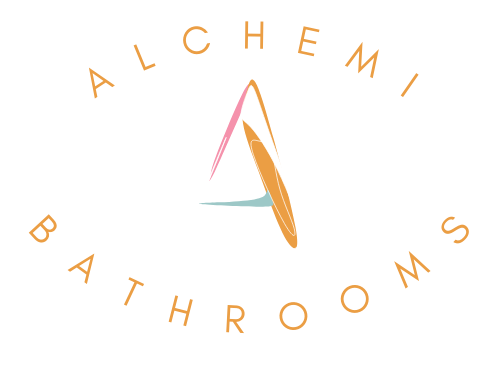Introduction
When it comes to plumbing fixtures in your bathroom, choosing the right ones is essential to ensure a comfortable and enjoyable shower or bath. In addition to style and design, water pressure and flow rate are crucial factors. In this article, we’ll explore water pressure and flow rate, how they impact your plumbing fixtures, and how to choose the right ones for your bathroom.
Understanding Water Pressure and Flow Rate
Water pressure refers to the force of water flowing through your pipes, while flow rate refers to the amount of water flowing through your lines in a certain amount of time. These two factors are closely related, as the water pressure will affect the flow rate and vice versa. Understanding water pressure and flow rate is crucial because it will impact your plumbing fixtures, such as showerheads, faucets, and toilets.
Factors affecting Water Pressure and Flow Rate
Several factors can impact water pressure and flow rate, including your water source, pipes’ size, and altitude. For example, if you live in a high-rise building, your water pressure may be lower due to the height of your pipes. Additionally, older pipes may have a smaller diameter, impacting the water pressure and flow rate.
Measuring Water Pressure and Flow Rate
Measuring water pressure and flow rate is relatively easy and can be done with simple tools. To measure water pressure, you can use a water pressure gauge, which can be found at most hardware stores. To calculate the flow rate, you can use a flow meter, which is a device that measures the amount of water flowing through your pipes. Once you have the proper tools, measuring your water pressure and flow rate is simple.
Impact of Water Pressure and Flow Rate on Plumbing Fixtures
The water pressure and flow rate in your bathroom will impact the performance of your plumbing fixtures. For example, if your water pressure is too low, your showerhead may not provide enough pressure for a comfortable shower. On the other hand, if your water pressure is too high, your faucet may spurt water uncontrollably. To ensure that your plumbing fixtures perform optimally, choosing the right ones for your water pressure and flow rate is essential.
Choosing the Right Plumbing Fixtures
When choosing plumbing fixtures, it’s essential to consider the institution’s gallons per minute (GPM) rating. The GPM rating refers to the amount of water that flows through the fixture in one minute. If you have high water pressure and flow rate, you’ll want to choose fixtures with a higher GPM rating. If you have low water pressure and flow rate, you’ll want to select fixtures with a lower GPM rating.
How to Increase or Decrease Water Pressure
If you’re unsatisfied with your water pressure and flow rate, there are ways to increase or decrease it. To improve water pressure, you can install a water pressure booster pump. To lower water pressure, you can install a pressure-reducing valve. It’s essential to consult a professional plumber before changing your water pressure and flow rate.
Common Plumbing Problems caused by Water Pressure and Flow Rate
Water pressure and flow rate can also cause common plumbing problems, such as leaking pipes, low water pressure, and high water pressure. To avoid these problems, it’s essential to maintain optimal water pressure and flow rate.
Tips for Maintaining Optimal Water Pressure and Flow Rate
To maintain optimal water pressure and flow rate, keeping your plumbing system up regularly is essential. This may include repairing leaks, replacing old pipes, and performing regular maintenance. By taking these steps, you can ensure that your plumbing fixtures perform optimally and avoid common plumbing problems.
Conclusion
In conclusion, water pressure and flow rate are essential when choosing plumbing fixtures for your bathroom. Understanding these factors and how they impact your plumbing fixtures can help you choose the right ones and avoid common problems. Maintaining optimal water pressure and flow rate ensures that your plumbing fixtures perform optimally and provide a comfortable and enjoyable shower or bath.
FAQs
- What are the water pressure and flow rate? Water pressure refers to the force of water flowing through your pipes, while flow rate refers to the amount of water flowing through your lines in a certain amount of time.
- How do I measure water pressure and flow rate? To measure water pressure, you can use a water pressure gauge. To calculate the flow rate, you can use a flow meter.
- What is the importance of choosing the right plumbing fixtures? Selecting the right plumbing fixtures can ensure a comfortable and enjoyable shower or bath and avoid common problems.
- How do I increase or decrease water pressure? To improve water pressure, you can install a water pressure booster pump. To reduce water pressure, you can install a pressure-reducing valve. It’s essential to consult a professional plumber before changing your water pressure and flow rate.
- What are common plumbing problems caused by water pressure and flow rate? Common plumbing problems caused by water pressure and flow rate include leaking pipes, low water pressure, and high water pressure. Maintaining optimal water pressure and flow rate can help avoid these problems.
